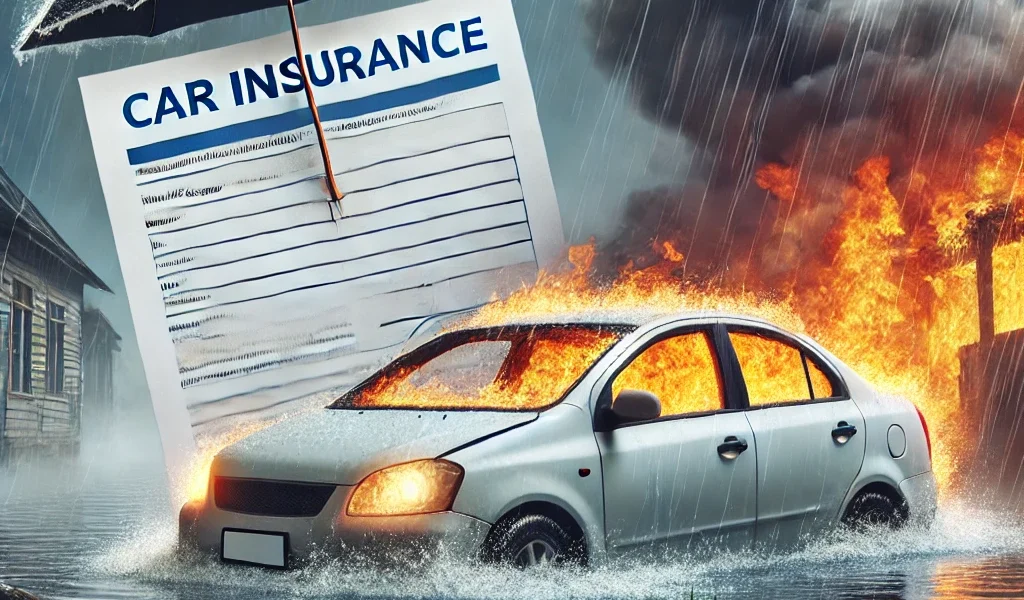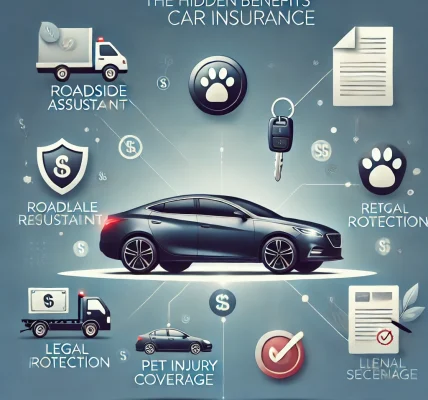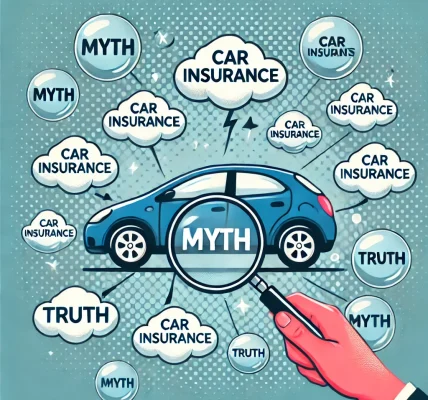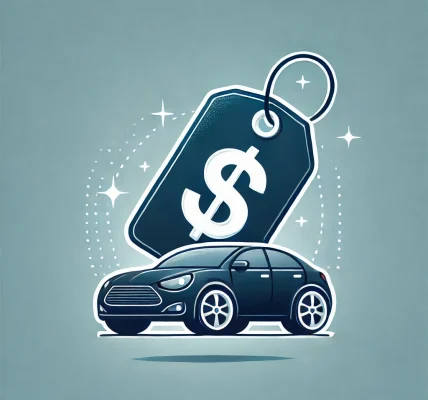IntroductionNatural disasters such as hurricanes, floods, wildfires, earthquakes, and tornadoes can cause severe damage to vehicles, leading to costly repairs or total losses. Car owners often wonder whether their insurance policies cover such damages and how claims work in these situations. Understanding the impact of natural disasters on car insurance can help you prepare for unexpected events and ensure you have the right coverage in place.
This article explores how natural disasters affect car insurance policies, what type of coverage is needed, how to file claims, and steps to minimize damage in case of an emergency.
How Car Insurance Covers Natural DisastersNot all car insurance policies provide protection against natural disasters. Coverage depends on the type of policy you have. Here’s a breakdown of how different types of car insurance respond to natural disasters:
- Comprehensive Coverage: Your Best ProtectionComprehensive insurance is the only type of car insurance that covers damage caused by natural disasters. This coverage includes:
Flood damage
Fire damage (from wildfires or lightning strikes)
Falling objects (such as trees during storms)
Hail damage
Earthquake-related damage
Hurricane or tornado destruction
If you live in an area prone to natural disasters, having comprehensive coverage is essential to protect your vehicle. - Liability Insurance: No Coverage for Natural DisastersLiability insurance only covers damages and injuries you cause to others in an accident. It does not cover repairs to your own vehicle if it’s damaged by a natural disaster.
- Collision Insurance: Limited ProtectionCollision insurance covers damage to your car if you collide with another vehicle or object, but it does not cover damages from floods, earthquakes, or other natural disasters.
- Gap Insurance: Helpful in Case of Total LossIf your car is financed or leased and gets totaled due to a natural disaster, gap insurance can cover the difference between the car’s actual cash value and the amount you still owe on your loan.
Common Natural Disasters and Their Impact on Car Insurance ClaimsDifferent types of natural disasters cause varying levels of damage to vehicles. Here’s how insurers handle claims for each type: - Floods and HurricanesFloodwater can severely damage a car’s engine, electrical system, and interior.
Comprehensive coverage is required to file a claim.
Insurers may declare a flood-damaged car a total loss if repair costs exceed the car’s value. - EarthquakesWhile earthquakes can cause damage through falling debris or ground shifts, they are covered under comprehensive insurance.
Unlike home insurance, car insurance does not require separate earthquake coverage. - WildfiresVehicles caught in wildfires can suffer extensive fire and smoke damage.
Comprehensive insurance covers fire-related damages. - HailstormsHail can cause dents, cracked windshields, and paint damage.
Comprehensive insurance covers hail damage, but claims may be subject to a deductible. - Tornadoes and WindstormsVehicles can be damaged by flying debris or falling trees.
Comprehensive insurance covers windstorm-related damage.
How to File a Car Insurance Claim After a Natural DisasterIf your car is damaged by a natural disaster, follow these steps to file a claim: - Document the DamageTake clear photos and videos of the damage.
Note the date and time of the disaster.
Collect news reports or weather alerts that confirm the event. - Contact Your Insurance ProviderReport the damage as soon as possible.
Provide necessary details, including policy number and location of the incident. - Get a Damage AssessmentAn insurance adjuster may inspect your car to assess repair costs.
Some insurers may use remote assessments based on your photos and videos. - Understand Your DeductibleYou will be responsible for paying the deductible before the insurance payout.
Check if your policy includes a special deductible for specific disasters (e.g., hurricane deductibles). - Consider Repair vs. Total LossIf repair costs exceed the car’s actual cash value, the insurer may declare it a total loss.
In such cases, you will receive a settlement based on the vehicle’s market value. - Keep Rental Car Coverage in MindIf your policy includes rental reimbursement, you may get a temporary replacement vehicle while your car is being repaired.
How to Protect Your Car from Natural DisastersTaking proactive steps can reduce the risk of damage from natural disasters. Here are some preventive measures: - Park in a Safe LocationUse a garage or covered parking during storms.
Avoid parking under trees or power lines. - Consider Relocating Your VehicleIf a hurricane or wildfire is approaching, move your car to a safer area.
Elevate your vehicle in case of flood risks. - Invest in Protective AccessoriesUse a car cover to protect against hail damage.
Apply weatherproof coatings for extra protection. - Review Your Insurance Policy RegularlyMake sure you have comprehensive coverage.
Adjust your policy based on your location and risk factors.
Conclusion: Is Your Car Insurance Ready for Natural Disasters?Natural disasters are unpredictable, but having the right car insurance coverage ensures you’re financially protected. Comprehensive insurance is essential for covering damages caused by floods, fires, earthquakes, and other disasters. If you live in a high-risk area, reviewing your policy and taking preventive measures can save you from costly repairs or total losses.
Key Takeaways:Comprehensive insurance is required to cover natural disaster damages.
Different disasters affect vehicles in unique ways, and insurance claims vary accordingly.
Filing a claim involves documentation, contacting your insurer, and understanding your policy terms.
Preventive measures, such as safe parking and policy updates, can reduce risks.
By staying informed and prepared, you can ensure that your car and finances are protected when nature strikes.







